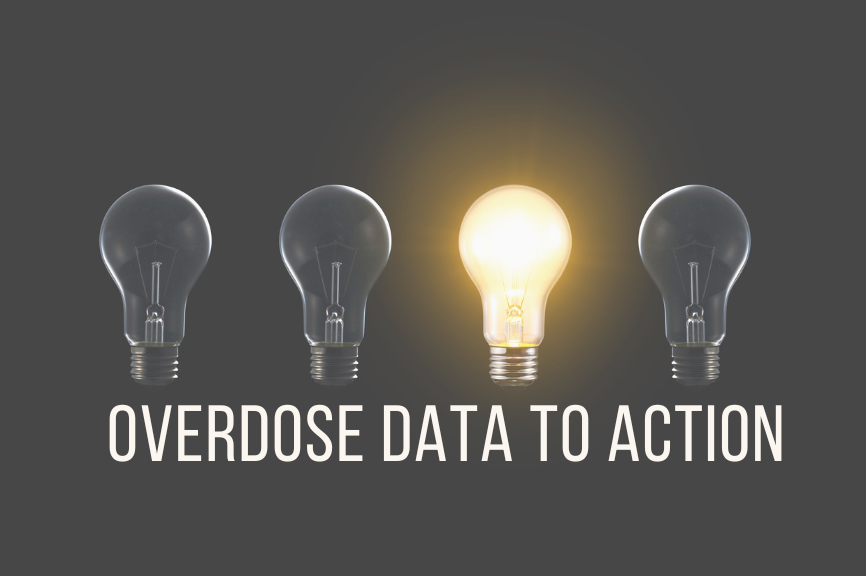
In the United States, about 300 lives are lost to drugs daily, highlighting the urgent need for effective intervention strategies. The CDC’s Overdose Data to Action (OD2A) program offers critical funding for state and county health departments to improve their tracking, prevention, and response efforts for substance use disorder (SUD). The OD2A program promotes the integration of surveillance strategies with evidence-informed interventions to tackle both nonfatal and fatal overdoses, focusing on reducing morbidity and mortality. This funding empowers state and local leaders to enhance their surveillance and prevention practices.
Aligning with the CDC’s Vision for Improved Surveillance & Prevention Practices
At CHESS Health, we empower state and local governments to combat the substance use crisis with our innovative, evidence-based digital health solutions. We support the SUD lifecycle—from prevention and intervention to recovery—by providing tools that align with the CDC’s OD2A program goals. Our tools enhance community-focused support and strengthen the capacity of local leaders for effective surveillance and prevention strategies. Additionally, our solutions improve the identification of at-risk individuals, facilitate relevant interventions and linkage to care, document and track interventions and trends, and enhance retention and recovery outcomes.
Surveillance Infrastructure

- Improve and Measure Recovery Outcomes: Assess risk and protective factors, including confidence, urges, sleep, support, and depressive feelings, while providing peer-moderated 24/7 support, coping skills, and an engaging online community to achieve significant improvements in recovery outcomes.
- Enhance Program Adherence: Integrate a peer-moderated community, provide constant support, and employ targeted engagement tactics to demonstrably improve program adherence.
Prevention Strategies

- Facilitate Public Safety Partnerships/Interventions: Enable public safety officers, mobile response teams, and community organizations to effectively assess risk and deliver targeted interventions, fostering collaboration between public health providers and safety agencies for seamless access to treatment and community support.
- Harm Reduction. Enhance community-wide prevention and harm reduction initiatives with screening tools that empower individuals to privately assess their substance use, access educational materials and interventions as determined by program sponsors, and self-refer to treatment when relevant. Provide continuous support through recovery support tools, including crisis intervention and a supportive online community backed by certified peers for those in treatment or recovery.
- Community-based Linkage to Care. Strengthen Engagement with a closed-loop referral system to streamline communication and collaboration between community organizations, treatment providers, and public safety, thereby connecting individuals to essential services for substance use disorders, mental health, and social determinants of health to facilitate vital linkages to care.
